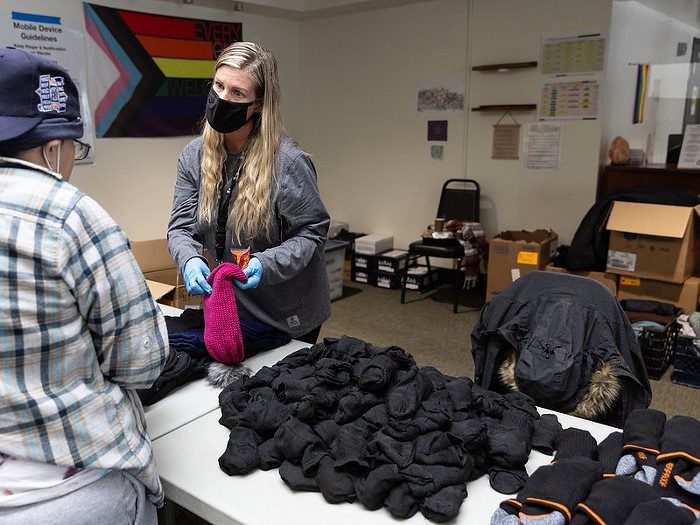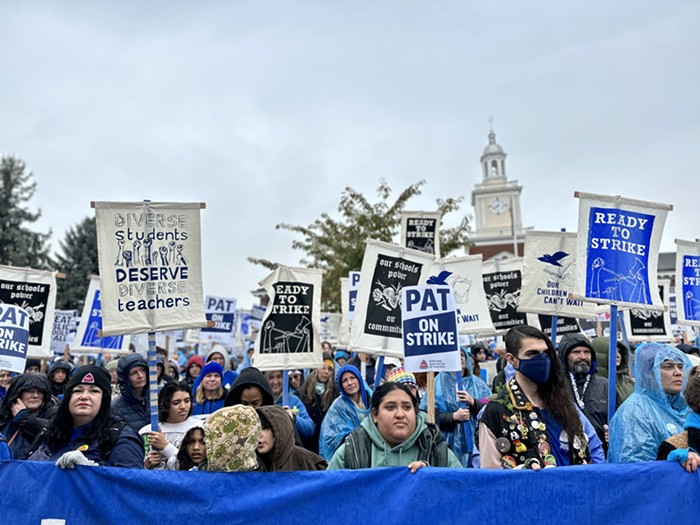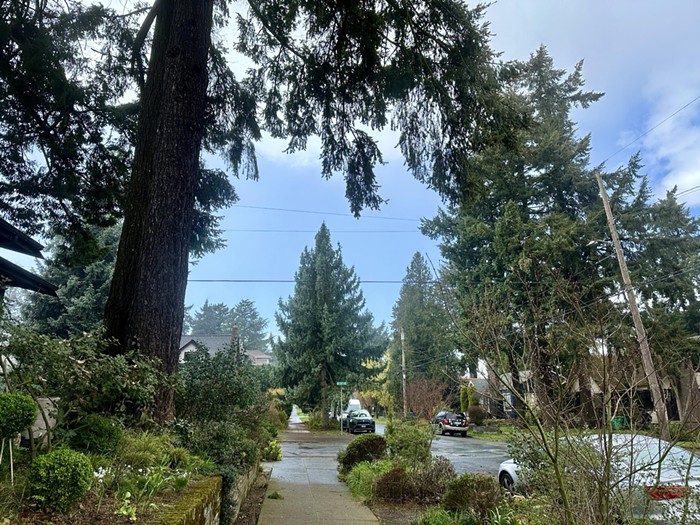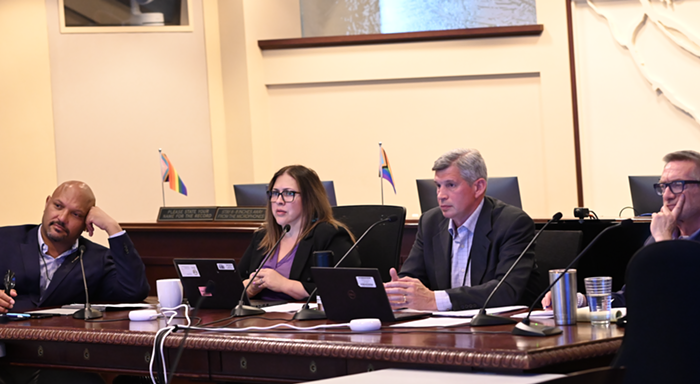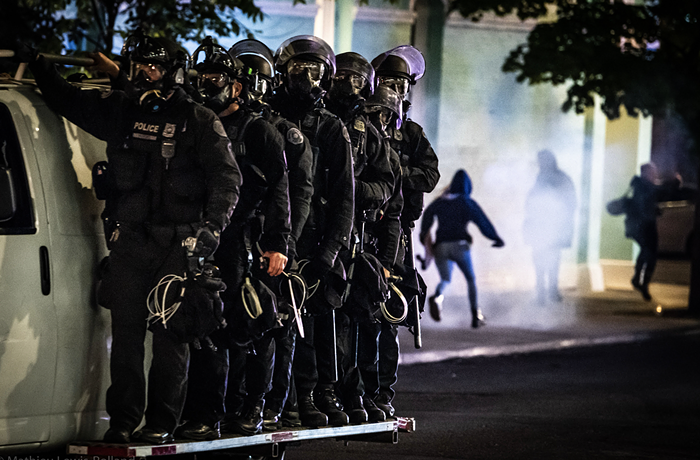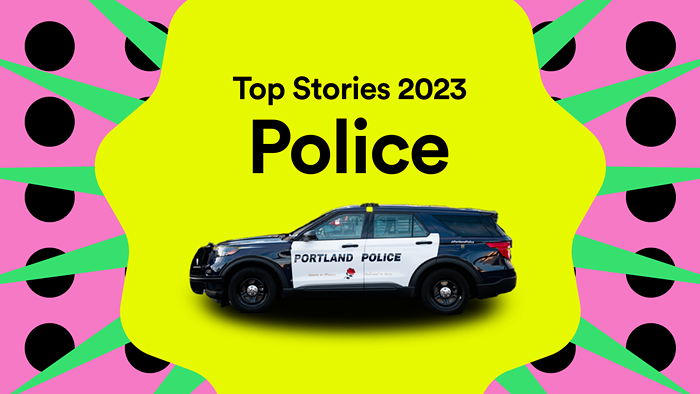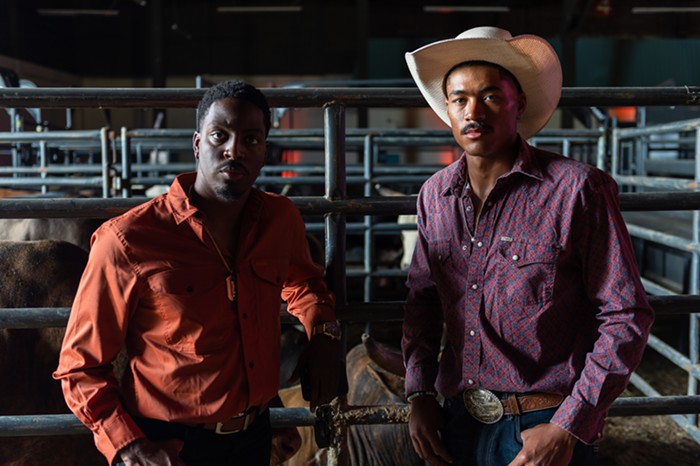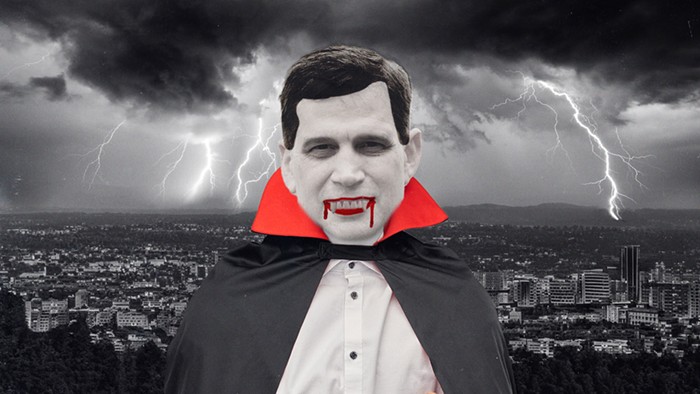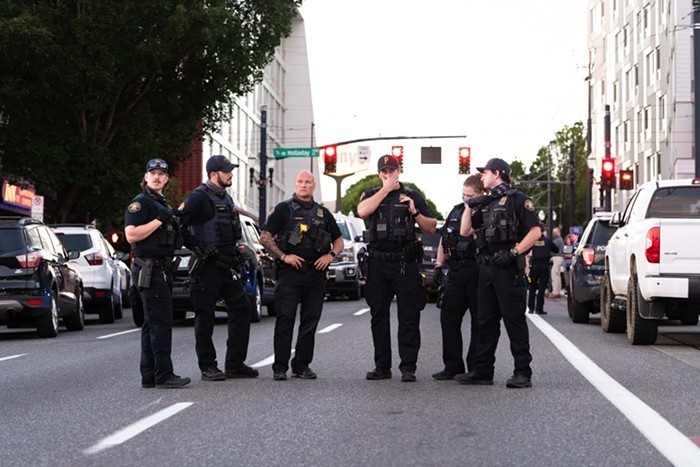SOMETIME IN the next few days, Portland police officials will lay out the contours of Mayor Sam Adams' latest strategy for clamping down on gang violence—the assembly of a special group of officers solely devoted to tracking illegal guns.
But for the cops and outreach workers who have spent years out on the streets, whatever details emerge about the new Youth Gun Anti-Violence Task Force will look glumly familiar.
That's because the task force isn't entirely new. Rather, police officials are lifting a page from Portland's past—resurrecting a unit that performed so well in its previous incarnation, pulling hundreds of guns off the street, that budget-minded bureaucrats eventually had no compunctions about shutting it down.
The move has been heralded, because it gives police a tool proven to work. But it also, ironically, harbors as a stark lesson about the cyclical nature of police work, something that outreach workers and others have long come to rue: If it went away once, then it can go away again.
"It was wildly successful, says Sergeant Joe Santos, who served on the original task force. "And just like most things in the police bureau, once the problem is gone, everybody starts looking at those bodies as bodies that could be assigned elsewhere. And here we are again, back in the same place, reinventing the wheel."
Adams, police commissioner only since the spring, made his pitch earlier this month, after a week of meetings with African American community leaders and gang outreach workers, following a weekend in which a 19-year-old man was killed in a gang shooting downtown.
Police officials and Adams' office say the program, in a time of hiring freezes and budget austerity, will be funded with "existing resources"—meaning officers and equipment currently assigned to other units will shift instead to the new task force. Officials say they are still configuring which units will give up officers.
The original task force was forged in the 1990s amid similar circumstances—a troubling surge in gang shootings—and will serve as a model for the new one. Back then, Portland cops, plus sheriff's deputies, federal officers, and cops from cities surrounding Portland, like Gresham, teamed up to dig into gun cases normally overlooked amid a crush of more pressing crimes, like homicides and robberies.
An analysis of gang violence in Portland, filed with the US Department of Justice in 2004, credited the task force with seizing 439 guns from 1998 to 2001 alone.
"There wasn't anybody else focusing on gun crimes," says Santos, who now works in robberies. "By focusing on guns, they start falling out of the sky."
Eventually, though, as the violence died down, that rain of firearms began to mean less to the bureau's bean counters. In what spokesman Sergeant Pete Simpson described as a "slow burn," the regular gang enforcement unit slowly devoured an ever-leaner task force.
Adams has said he opposed that decision, when he was a city commissioner. And his office, in its recent conversations with the community, has committed itself to longer- and short-term anti-gang strategies.
"There is an understanding in both city hall and in the police bureau that we need to be attacking both its symptoms and its root causes," says Roy Kaufmann, Adams' spokesman.
Santos, though, says he's heard it before.
"The mayor's heart's in the right place," says Santos. "But there will be new mayors. And even this mayor, four years from now"—if he stays, and when the heat fades—"what will he do?"

